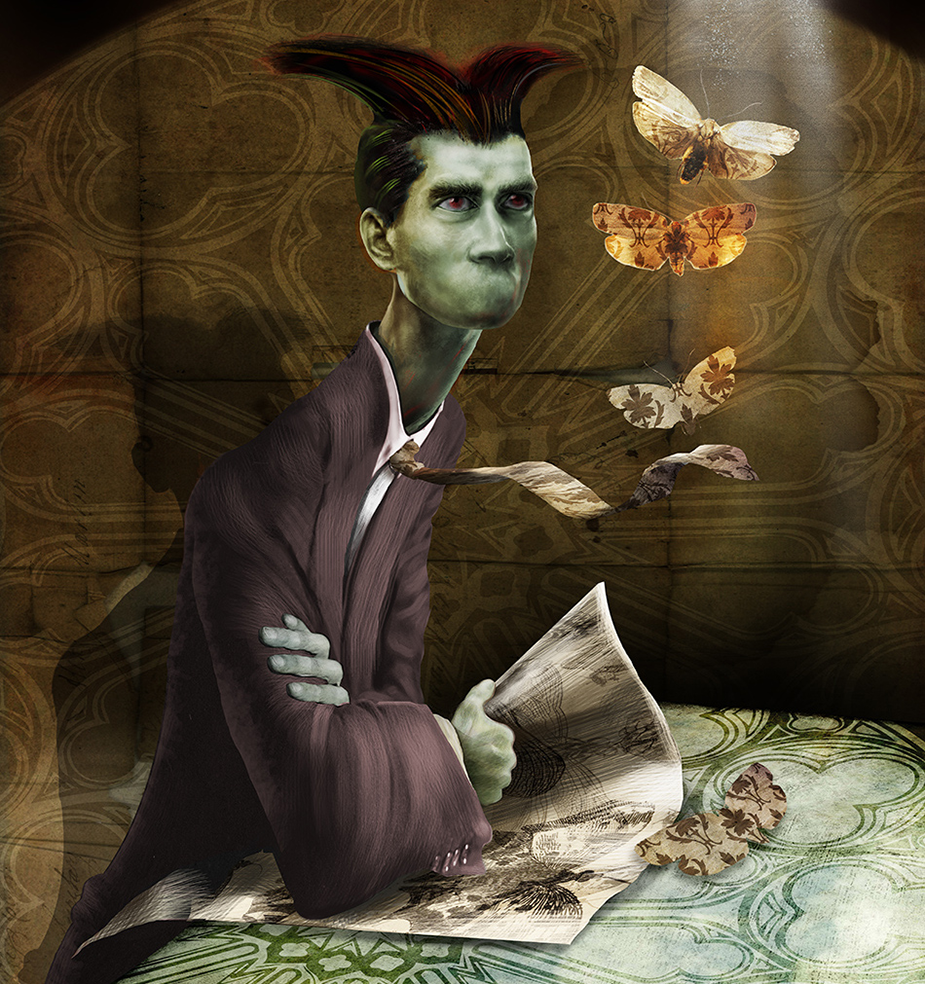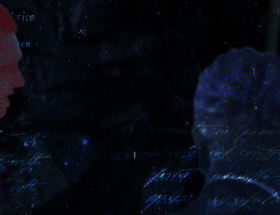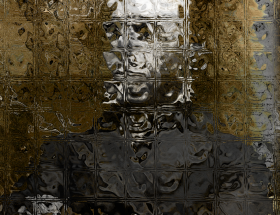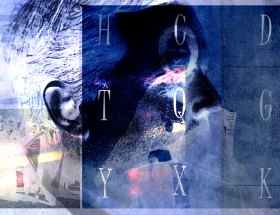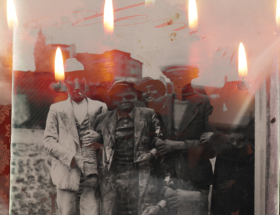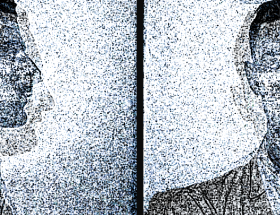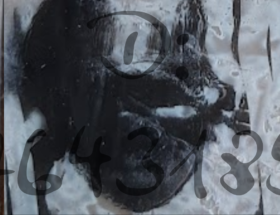Subtracting from the tumult of the Lar and the distraction of acquired memories
The phenomena of recession and mutation were due to the two movements of the dialectic of oppositions initiated by the wandering Lar. We have seen how these phenomena are explained equally well both by admitting into consciousness the two movements that appear there and by resorting to two antithetical motions of our now-silent self and the Lar that presses upon it.
Recession and mutation are common to all bodies subdued to the wandering Lar; since it would be an extravagance this conspiracy of all bodies shared in two other motions quite different from their own convictions of being true unity; unless one wished with greater strangeness to believe that all are subservient to the caprice of an unknown external corpuscle.
With a choice focused on the well-known theory of remissions, the process of accasion is exposed chemically up-to-date, in which the idea that the spiral current is a phenomenon concerning an undulating formation of moving fluid called wandering Lar is made manifest.
Indeed, there are continuous disturbances, which would indicate the manifestation in a split self, split precisely, the germ of cotal presence.
The relationship of the electric fluid to conducting and nonconducting bodies provides an opportunity to accurately describe a new technological tool with a great future: the electric machine, that is, a prototype of an influence machine that acts as a generator of electricity:
But the progression of the occupation of vital functions makes use of a breath in the form of a spiral current, an osmosis of the Lar in our identity, whether this process is communicated directly by means of air or some other fluid. When it takes the body, it produces in the soul a disposition to suspicion, the consequences of which it is difficult to clearly determine, around which, however, several reasonable conjectures can be established.
In like manner approached two subjects, the one our self and the other the Lar, subjected to a progressive osmosis, share, perhaps through a mesmeric fluid of such a spiral magnetizer, the recollection that in such a way in the subject becomes, at times, foreign, misunderstood, a source of astonishment and anguish.
Such is, on the part of the subject, the understanding of the happening, that to the outside world such an upheaval would appear a confused comings and goings of mood and nothing more.
This analogy, if it constitutes painful evidence of how much man ‘lacks to arrive at intimate knowledge of causes, may in turn encourage scholars of paramnesia, and merit the attention of skeptics.
We cannot help but reflect that comparative explanations can be formally refuted especially if we accept the necessary use of “humanizations”; and it is that in the case of the magnetic map, described by us elsewhere, the mapped and magnetized subject on whom the sensation came, through the distribution of coaxial trajectories, was not aware of it, since in the process of self-recognition or rather of remembrance, he, declared that he did not recognize such a flow as his own.
This contiguity of parallel memories, which is not found in the singular and healthy self-consciousness, nor among the parts of the suffering human body even though firm in identity, constitutes a difference of a very serious moment between the very singular fact described of the use of “humanizations” and the others brought into comparison in medical literature.
However, the comparison would regain some value in support of the enunciated hypothesis, should it be admitted that the apparent interruption of recognized and foreign personal memories would constitute a condition of artifactual equilibrium. A state of unconscious coexistence between the paramnesic subject and the Lar, a condition to which he is removed by the contact and osmosis of the respective nerve fluid forming atmosphere around their bodies. Should the paramnesic subject then object to the visitation of foreign memories, in the guise of an extraordinary voluntary act, it would ipso facto interrupt the very survival of the Lar.
Observing that the imponderable fluid recognized as the prime factor in paramnesic phenomena is the vital process of respiration as since nothing could prevent it, on pain of death it follows that our observation would fall by itself, and the comparative explanation presented supporting the shared memory hypothesis would regain its full force.
But this imponderable and most powerful support that humanizations offered was not to be adopted in the perilous situation of those paramnesics already split and conflicted in their own identity, whereby the splitting of them, and the complications, and the languid breath of life at every moment threatened, demanded more prompt and decisive succor than the use of “humanizations” was not, which, before it avails, must to hundreds of projective explorations and for many and many days inanimate the numbed nerve fibrils.
